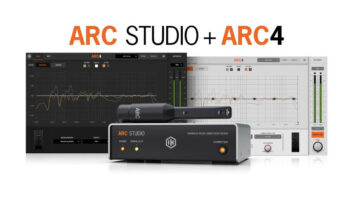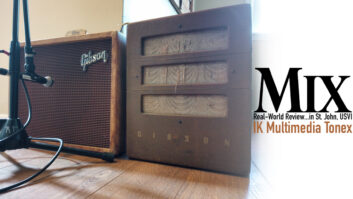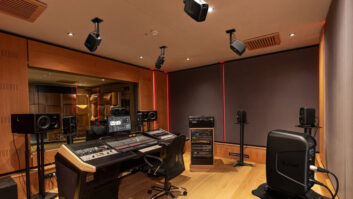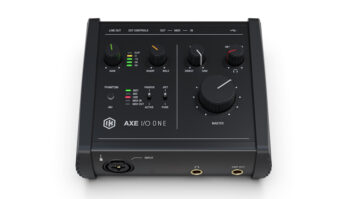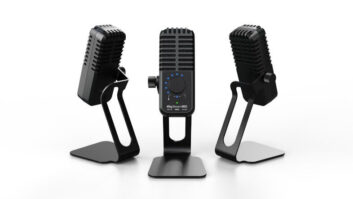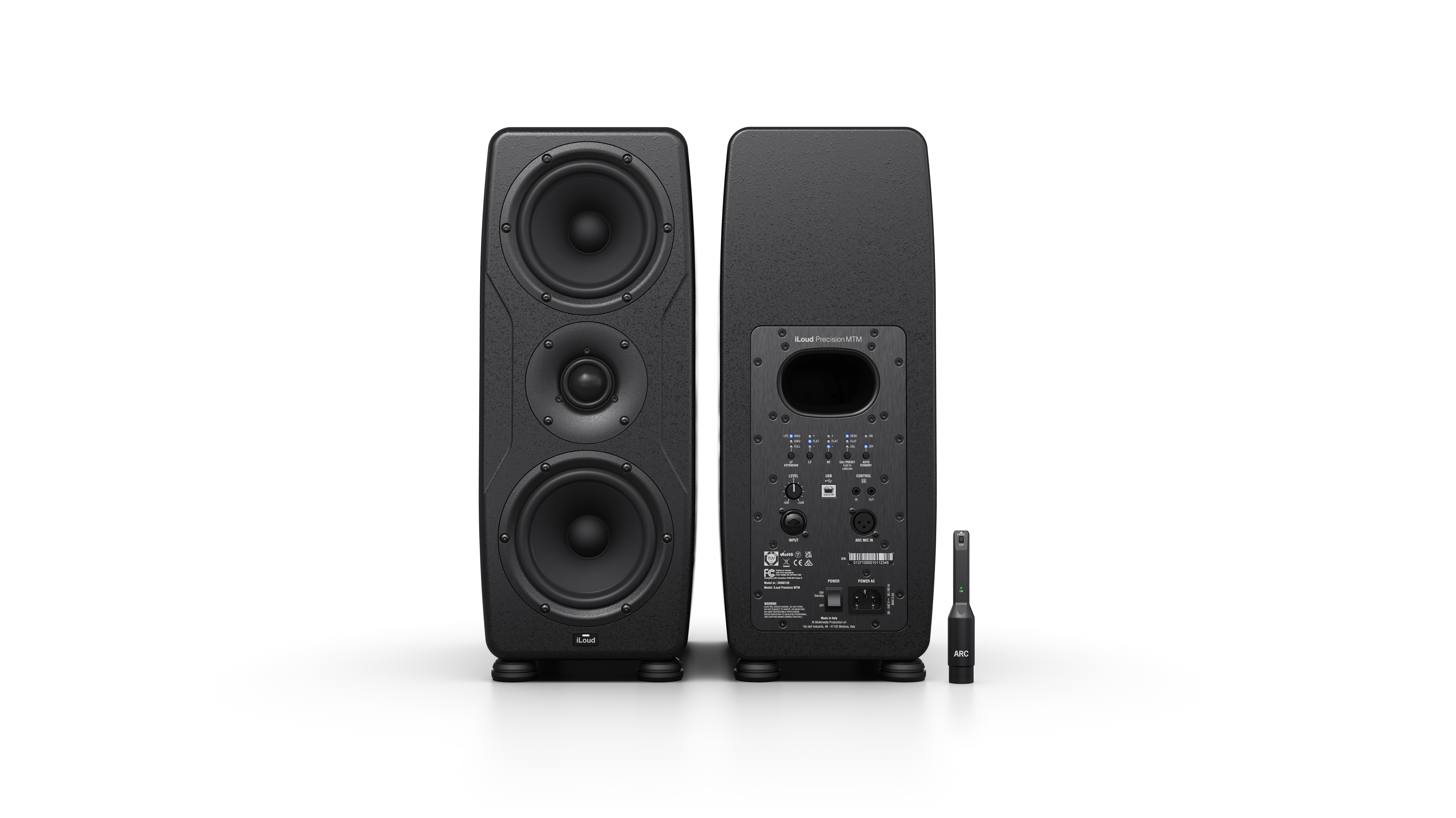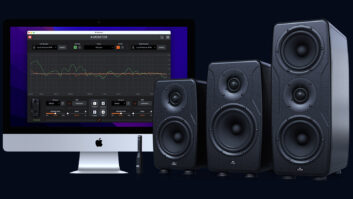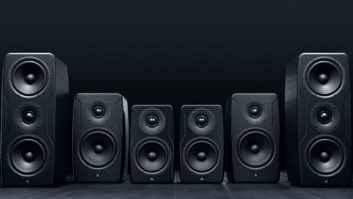With the plunge in compact disc sales over the past few years and the ongoing threat that the growth of DVDs, file sharing and piracy pose to the medium, is it any wonder that people are increasingly looking for new ways to make CDs seem “special” again? One significant growth area the last few years has been enhanced CDs (or ECDs), which offer a wide variety of multimedia options by adding a CD-ROM layer to a conventional compact disc. ECDs are definitely on the upswing in the music industry and also making waves in the corporate world.
This is actually the second go-around for enhanced CDs: Perhaps you recall the ’90s iteration (“mixed mode” CDs) where a music CD might have a mysterious “track one” that was playable only in a computer’s CD-ROM drive. It might have contained lyrics or liner notes or photos, but it often spelled trouble because consumers would unconciously pop the disc into their CD players without bothering to skip the first track, and be greeted by a blast of deafening digital noise (which could even blow out a speaker), or by annoying silence.
The “track one” problem is a thing of the past now, however, with major manufacturers agreeing on a “CD-Plus” standard, and today’s ECDs are living up to their promise of providing innumerable value-added features, from exclusive video footage to Internet links that extend the “size” of the CD practically to infinity. Slowly but surely, an industry is growing around the hybrid medium, with boutique businesses catering to musicians and other clients who want to produce enhanced CDs, and spawning a new generation of savvy computer users fluent in both audio and video technology and techniques. And, not surprisingly, there is also a growing DIY movement—making homegrown ECDs is surprisingly easy [see sidebar] and can be done fairly cheaply. But whether professional or home computer-generated, the question of quality will always be a matter for debate.
Enhancing Label Profits
At this point, most major labels and many smaller independents are putting out something other than standard CDs, whether it’s ECDs or DVD-As or SACDs, or combinations thereof. One company that was a pioneer in the field and has put out a number of popular ECDs is Heads Up, a jazz and world music subsidiary of Telarc.
“We were the first jazz label to put out an enhanced CD—Joe McBride’s Keys to Your Heart, which came out in 1995,” says Heads Up president Dave Love. “I was one of those people who grew up holding album covers in my hands—sitting there listening to records and reading [jazz critic] Leonard Feather’s liner notes, which sometimes was as much a part of the entertainment experience as listening to the music. Obviously, with the advent of the compact disc, some of that was lost, just because of the size of the packaging, but enhanced CDs have allowed us to get some of that feeling back. With computers and DVD technology and X-Boxes and PlayStations and all that, people’s entertainment dollars are very diversified now, so I think it’s wise to give them that added value. It’s a good way to have the listener learn more about the artists—get more photos and biographical information, see videos—and also a way for us to cross-market with label-mates and drive people to our [Web] site.”
The amount of multimedia content on a given music ECD is governed by the length of the audio program, but this space “problem” merely forced Heads Up to think outside the disc: “An audio disc that stretches to 70 or 72 minutes is going to be very limited with the amount of content we can put on there,” Love notes, “but there’s a way around that limitation. Not too long ago, we put out a recording of the Jaco Pastorius Big Band’s Word of Mouth Revisited, which was a very interesting, historical project with all these great bass players on it—Christian McBride, Victor Bailey, Marcus Miller, Gerald Veasley and others. We videotaped performances and interviews with the 10 bass players that were on there, and there was no way we could have fit it all on an enhanced CD. So that became the first enhanced CD we made, where you would click on an icon and it shot you to a Website where you could watch the videos, versus having it burned on the disc in a QuickTime format or something. But you couldn’t get to the Website unless you went through the CD-ROM. At this point, people are used to jumping around the Net, so it’s not unusual. It really is an extension of the disc.
“We were also the first to release SACDs as enhanced CDs,” Love continues. “So what the consumer is getting is a standard Red Book layer that will play in any CD player, and then if they have an SACD player, they’re going to get the high-res two-channel layer and they’re also going to get the 5.1 surround. Then, on top of that, they’re also going to get the enhanced portion, so there are actually four programs on the disc. Our first record like that was Spyro Gyra’s In Modern Times and subsequently, we did the Jaco like that as well. So we’re always trying to stay ahead of the game. We feel like it’s a great benefit to the end user.”
The Corporate Front
Tena Clark, president of Pasadena, Calif.-based Disc Marketing, got her start as a songwriter, penning songs for the likes of Gladys Knight, CeCe Winans and Deana Carter, and jingles for McDonalds and other national clients. Now, 80 percent of her multimillion-dollar company’s business is devoted to the production of ECDs for a wide variety of big corporate clients, including Betty Crocker, Toyota and many others. “We don’t do an ECD if the numbers are less than 50,000 units,” she says. “Our average units are in the hundreds of thousands to a million-plus.” And she gets the budgets to match: So far Disc Marketing’s largest ECD budget was a staggering $9 million for a single campaign.
“Enhanced CDs were a natural progression for us as far as connecting the consumer with the brand,” Clark says. “We feel like there’s no other media out there that can specifically target the consumer like an enhanced CD.”
Of course, these marketing-driven ECDs aren’t going to be found at your local CD emporium. “Seventy percent are direct mail; the other 30 percent are on-packs, near-packs or in-packs or polybagged in magazines,” Clark says. “The distribution channel is just as important to us as any other factor. The Betty Crocker [ECD] one was an on-pack—in other words, it was attached to the box. The Toyota ECD was targeted direct mail and also given out at events like the MTV Awards—it was multiple platforms of distribution with millions of units. It also was in Warehouse and Macy’s: If you made a dollar donation to their particular fund, you would get this enhanced CD. We came up with this a concept and a program about the creation of the [Toyota] Camry and the creation of music. So we got together these artists that targeted their demographics and we interviewed them about music and songwriting. We produced interviews with everyone from Lyle Lovett to Jennifer Lopez to Earth Wind & Fire, The Go-Gos, etcetera.
“We try to create as much exclusive content as we can for our clients and we do everything in-house,” she continues. “We have 650 megabytes to work with, so that lets us do quite a lot. For 7-Up we had a game, videos with five new music artists and we had a contest. We always have ideas about which artists might work well for a given client, and whether to use a new artist or an established artist. Obviously, we have very strong roots in the music business and that’s the core competence of the company.”
Disc Marketing has about 60 people working in ECD program production, “a third from music, a third from film and TV, and a third comes from agencies and the brand side,” Clark says. The company also has a pair of studios to facilitate their ever-increasing workload. The more visible of the two is Firehouse Studios, built in a historic Pasadena fire station and equipped with a wide array of analog and digital equipment, from Pro Tools HD to Neve and API mic pre’s and EQs. “I decided to build the mother of all mothers and create this big space,” Clark says with a laugh. “It was such a synergy piece with all the other things we were doing; it was a no-brainer. I never wanted to be a studio owner, but this is an in-house facility, mostly. At the same time, Fourplay is finishing their record here and Dave Grusin just did his record. We have a lot of amazing artists here who are not connected to our corporate side.
“The beautiful thing about enhanced CDs,” she concludes, “is that they’re part of the same road we’ve been going on from the beginning—it’s just another brand extension from a visual and online standpoint. We can create almost anything for a particular brand, from animation to games to concert footage; whatever a client needs, we can do it now. And more and more companies are realizing that ECDs can be a valuable tool for them.”
DIY ECD
Not surprisingly, there’s a multitude of companies that offer relatively inexpensive ECD production services (depending on how sophisticated you want to get, of course). The good news is that there’s also a strong likelihood you can do it yourself. What you need: A CD burner, obviously, either internal or external; software such as Roxio’s Easy CD Creator or, for Mac, Toast. A quick Google search will turn up a wide variety of freeware and shareware tools useful for simple content creation—how to create and transfer HTML and Word files to disc, how to make a Web page, which can later be put directly on the ECD—while more sophisticated digital video and interactive elements will require a digital camera and programs such as Apple’s iMovie, QuickTime Pro, Macromedia Flash and Adobe Premiere on the low end, and Macromedia Director and Apple Final Cut pro for bigger budgets. (A Firewire or iLink connector is also helpful.)
For a breezy but informative tutorial on some of the basics of ECD production, click here.
.
